Dante Agostini
Biography
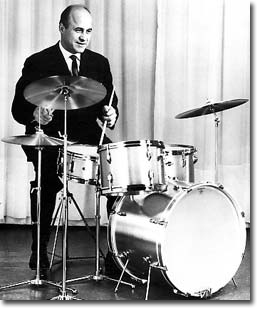
Here is the man who created the study of drums.
Born in 1921 in Mercatello sul Metauro (Italy), he lived his childhood in France in Sin le Noble, then in Vitry en Artois (North), his father fleeing the Mussolini regime with his family (3 brothers, 1 sister).
At the age of 5, he began playing drums and accordion in the family orchestra in order to entertain the guests in his father's tavern at this harsh mining countryside on the weekends.
Being self-taught on drums, Dante will keep busy for a long time, and a few years later he will become a musician eager to learn more and more.
Professionally, everything goes on, the studio sessions, the accompaniments (Luis Mariano, Charles Trénet, Tino Rossi) and especially the first place at the Olympia (at this time there was a large orchestra in residence), where he works with the biggest names in show business, Frank Sinatra, Jerry Lewis and many others.
At the same time for "pleasure", once the show was over, Dante would play in the jazz clubs of that era(Les Trois Maillets, la Huchette, le Chat qui Pèche, le Fürstenberg where he last played on a fateful evening in April 1980).
In all these places, he rubbed shoulders with the great musicians of the time: Kenny Clarke, Art Blakey, Eddy Louis, Dizzy Gillespie, Art Taylor, Philly Joe Jones, Miles Davis, Milt Jackson and many other prestigious names.
Paris in the years 55-60 was indeed one of the hubs of jazz in Europe.
This broth of be-bop and especially hard-bop culture with the different ways of interpreting the same jazz theme gave Dante Agostini the idea to interpret and work on these themes at different tempi and different rates. It was already time for volume 3.
From all this rose the desire to write and structure a drumming education that hardly existed at all.
In 1965, with Kenny Clarke's help and the Selmer company (instrument manufacturer), Dante created the first proper drum school.
A School where Jacques-François Juskowiak had the wonderful privilege of being the first student and assistant.
Despite the scepticism of the professionals at the time, it quickly became a success.
Students from all over France, would come looking for something to satisfy their thirst for learning in this place.
It should be noted that at the time, there were only a few drummers who gave private lessons and these came with all the hazards of their professional activities.
Thanks to Jean-Louis Chautemps (a talented saxophonist) who held a jazz class at the conservatory of St Germain en Laye (another great first), Dante begun a drum class in this conservatory (a true iconoclastic innovation...).
Attendance at the school rue de la Fontaine au Roy and this conservatory was a real success, and while on tour, national and world leaders in music, did not miss out to see this melting pot of future drummers.
How many times have Claude Nougaro, Archie Sheep, Art Taylor, Max Roach, Sam Woodwyard, Elvin Jones, Benny Vasseur, Eddy Louiss and many others entered the classroom.
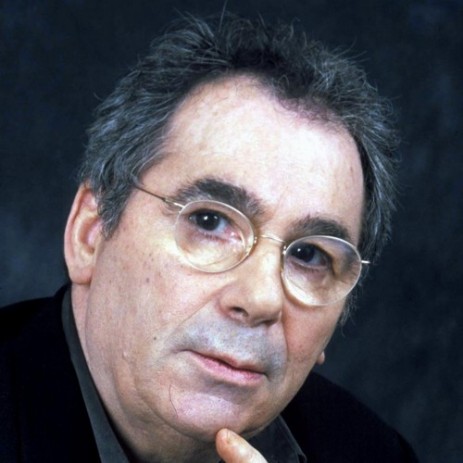
Claude Nougaro
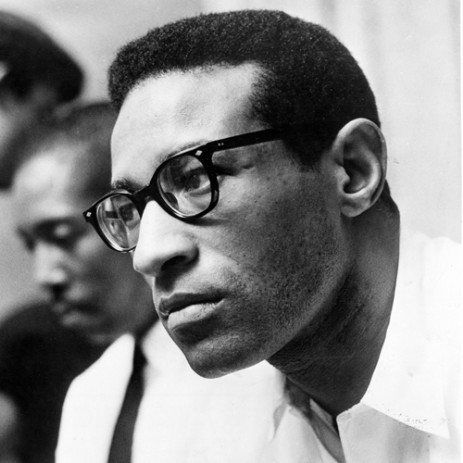
Max Roach
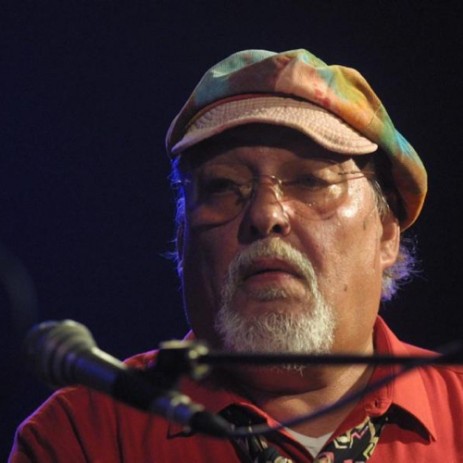
Eddie Louiss
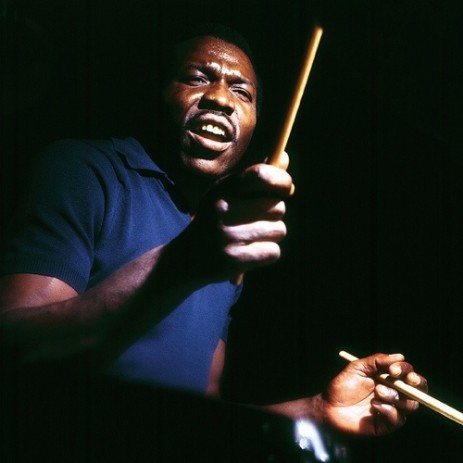
Elvin Jones
At the end of the Second World War, after a difficult experience at the S.T.O. (Compulsory labour department) in Germany, Dante began his professional career with Joss Baselli, Pierre Schaub, Bruno Juskowiak.
The tours followed one another and he was then noticed by Jacques Hélian (a star orchestra of the post-war period where it just so happened that Dante Agostini, Kenny Clarke and Jacques-François Juskowiak had played the drums at different times).
Thus in 1952, it was the beginning of a long Parisian career. Baselli, B. Juskoviak and Dante took up residence in Place Goudeau on the Butte Montmartre (next to the famous wash-house boat where Picasso and the Cubist painters had taken up residence).
Being self-taught and before the realities of his profession, Dante feels the need to deepen his knowledge of music theory with the help of Bruno Juskowiak (violinist and first prize violinist at the Conservatory).
He worked hard to develop a work which would be the ancestor of the current volume 2.
The pedagogical bug never left him and the rest of his life was devoted to writing methods.
The genius idea, which today seems disconcertingly banal, was to assign an immutable "fingering" of reading (first double on the right, second on the left, third on the right, and fourth on the left, for right-handed people of course).
This may seem laughable today but at the time it was a real revolution for drummers and percussionists (especially beginners) because nobody knew with which hand to play a pointed eighth note and a sixteenth note, just to give only a childish example.
Even famous saxophonists even came to play with him the pages of the Syncopated Solfeggio (another revolution because no book really dealt with this form of writing).
Dante was still as productive as ever in terms of pedagogical texts, while still playing the drums for the Folies Bergères, as well as the accompaniment of Dalida and Roger-Pierre and Jean-Marc Thibault.
All the French elite came to see him, this wise man with the eternal concerns, the technique, the reading, the feeling. On these occasions, he did not fail to remind us that he taught howto use an instrument, but that a student's success depends above all on his musical sensitivity, his professional intelligence and his talent...
As far as reading is concerned, he kept repeating:
"What would you think of an illiterate person in front of a book?"
"The technic can't serve a good musician since it doesn't represent an end in itself, it can only help him expresshimself better" (with the generation of Vinnie Colaiuta and Dave Weckl, how much do his words remain relevant).
Let us never forget how many people today owe him, for some with a selective memory, the pleasure of being able to live off their instrument.
"Maître Agostini, this is not the hell (of Dante) but the paradise you have given us. "
Jacques-François Juskowiak
Director of the Agostini Schools
